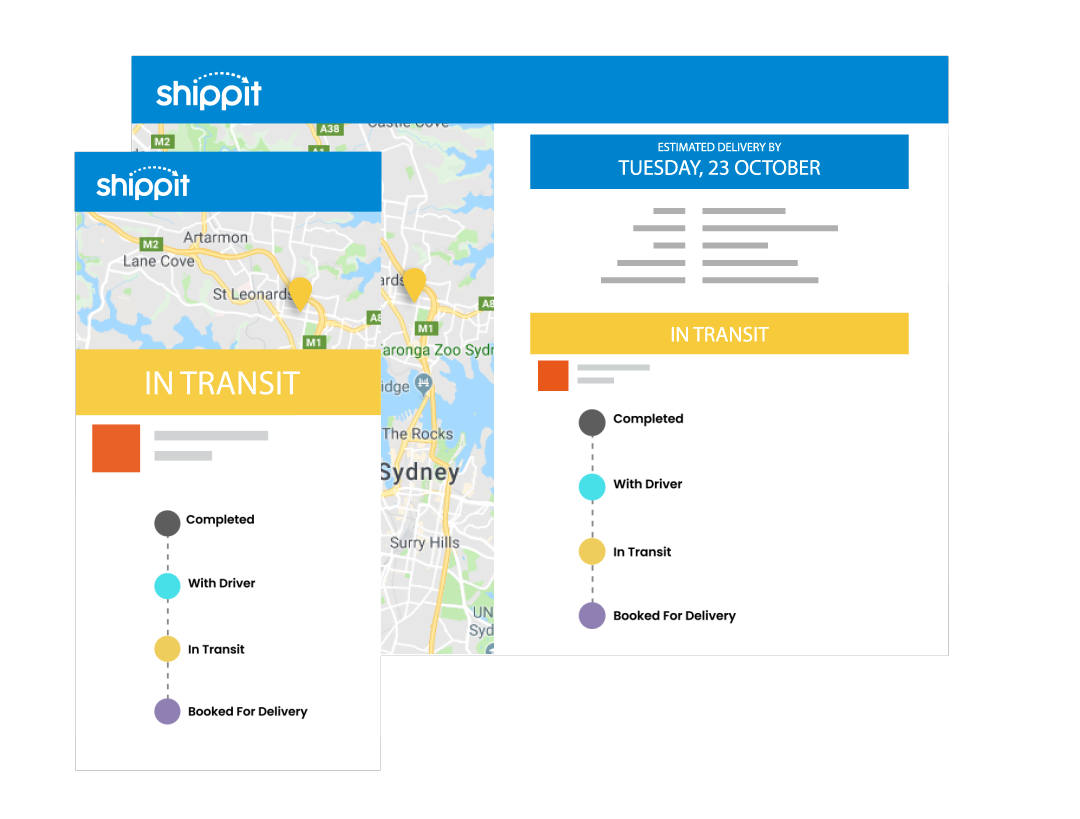One man who has a secret weapon to overcome the challenges thrown out by the various stages of the eCommerce Buying Cycle is the CEO of www.iceonline.com.au Simon Molnar.
If you missed out on hearing Molnar’s keynote speech at our Rocketeers of Retail event, don’t feel too sad (although you did miss a good one), because Molnar’s insights were so impressive (and really do work) that we had to share them with you all.
Let’s cut to the chase, what’s the secret weapon? Well, it’s the ‘D-word’ – data.
According to Molnar, data plays a huge part in every aspect of the eCommerce Purchase Cycle, he swears by using it “to lead the way – let people tell me what they want and then I give them more”.
Let’s take a look at each step of the Cycle, the challenge it presents and how you too can use data to secure eCommerce success.
Step 1 – User acquisition
Challenge – Getting people to your site in the first place
Data-driven solution – SEO, SEM and Social. Molnar suggests starting off by studying trends – what are people searching for? What’s hot right now? What are they engaging with online? Once you’ve got this insight you can then make landing pages for these trends to attract those users, and then optimise the pages to ensure they perform at their best.
You need to rank first for search terms that your customers are actually using. Molnar uses SEMRush to check his data and then Google Analytics to find out how are users interacting with his site. Get this information and you’ll know how to close sales, time and time again.
Step 2 – Conversion
Challenge – Turning online visitors and window shoppers into customers
Data-driven solution – Molnar’s first pearl of wisdom is to use analytics to look at your best selling products and push them to get more sales – for ICE Online this was the top three watches.
But Molnar identified a major issue; if two, very different users came to his site, say one 19-year-old male student and one 68-year-old female retiree, they were both seeing the same products, even though they had different shopping objectives. Something had to be done.
And that something is to use data to personalise the customer experience, which, as Molnar states “is so crucial in retail”. Through tailoring content, ICE raised sales by more than 12x in some cases.
Through analysing spending patterns, ICE found that a customer spending up to $99 would be more cautious to click ‘buy now’ than one spending over $100. They then used this info to determine their free shipping threshold – that’s right, $100. This incentive pushed those hesitant customers into making the decision to buy. Genius.
Step 3 – Maximising Average Order Value
Challenge – Getting your customer to spend more
Data-driven solution – Let’s go back to our case study because the data party didn’t stop there. Molnar found that those customers who were happy to spend over $100, were then more likely to spend more, in fact up to $225, they just had to be given a nudge in the right direction.
Now we get onto the good stuff – how to do it. Enter Molnar’s next data-driven gold nugget of advice – basket analysis. Find out what products are selling together, then offer them at the same time. This could be done through discounting, or simply showing how good the two products look together.
However you go about it, the endgame is the same – show your customer that if they are going to buy that one item, they simply have to have this one too.
Step 4 – Customer retention
Challenge – Creating loyal customers who keep coming back
Data-driven solution – This one is a bit trickier to achieve through data alone, but if anyone is going to give it his best shot, it’s Simon.
He suggests studying the data to ask what do customers that are shopping at your site over and over again have in common? Is it that the shipping was quicker? Is it was a specific type of promotion or discount? Does it always coincide with a certain social media campaign?
Based on this you can remarket to existing customers and, quite frankly, you’ve cracked the secret to customer retention.
Although the eCommerce Purchase Cycle isn’t without its challenges, the good news is, if you can increase any of these categories then you’re onto a winner – but if you could increase all Four, then let’s just say you’re really flying.
Remember that you’re not necessarily going to get to the right first time, every time. There will always be some degree of trial and error but as ‘The Data King’ (as we like to call him) Simon Molnar says “every mistake is just another lesson to learn…if it works then great, if it doesn’t then learn from it”. What a guy.

